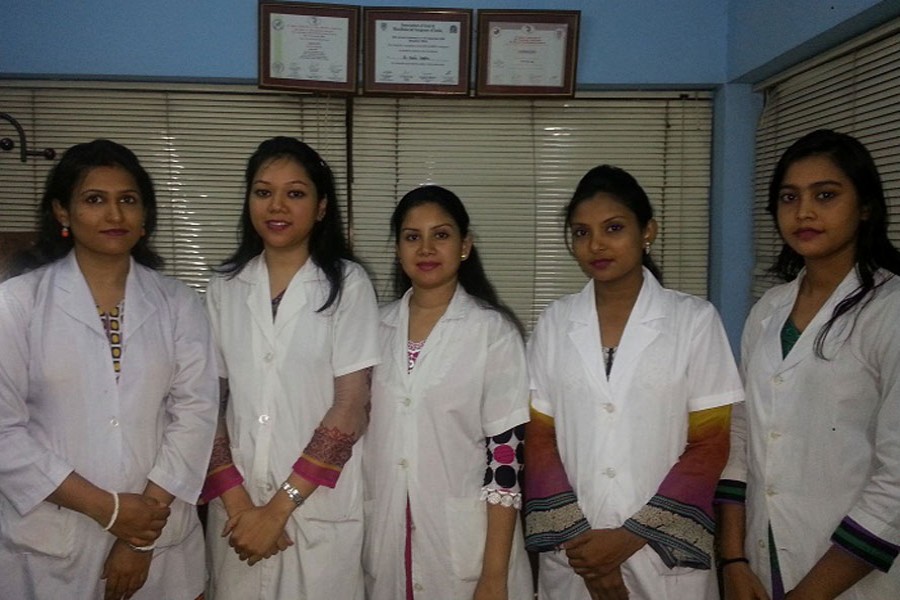What has been a part of the general scenario prevailing in the medical profession in the country's rural areas has lately emerged with a new concern. When most male doctors begin lobbying to stay put in cities immediately after being posted to rural health centres, the new female doctors show enthusiasm for being sent to far-flung areas of the country. That women physicians at the start of their careers are also sent to different upazila-based health complexes like their male counterparts is a piece of information not known to many. At the same time, the adversities the BCS-passed women doctors face at their workplaces carry the elements of a dilemma. As has been highlighted by a contemporary, the new female appointees are plagued by profession-related inconveniences on a scale far worse than that facing the male physicians.
The very news of young female doctors entering the medical profession in high-spirited enthusiasm is a propitious one. It is now normally seen that the young medical professionals join their postings with the dream of serving humanity. At the health complexes, the caring lady doctors are a reassuring sight. To their great disillusionment, they soon emerge as out-of-place in the setting, with their initial vigour ebbing. From bribery to administrative non-cooperation at local headquarters, they have to go through a lot of ordeals at the very beginning of their profession. Apart from being incapacitated by the acute dearth of medical equipment and appliances, female doctors have to put up with scores of problems. Prominent of them are lack of adequate accommodation, arduous journeys from rented houses to hospitals and back and long wait for results of diagnostic tests of patients usually done at towns.
Upon an appraisal of the present rural health sector, the rise in the number of women entering the medical profession has lately emerged as a salutary development. Notwithstanding a discriminatory attitude towards women's medical profession and a general social bias against women in profession, they continue to prove their mettle. They deserve state support. According to various reports, women physicians are surpassing males in numbers in the country. According to a survey carried out by the Bangladesh Medical and Dental Council between 2006 and 2018 the number of registered male doctors was 25,739 (47 per cent) and that of female doctors was 28,425 (53 per cent). The number of women is anticipated to soar higher, with a total of 67 per cent aspiring female doctors set to enrol in the private medical colleges. The percentage of such medical-profession aspirants eying public medical colleges is 52 per cent.
In spite of male doctors' dominance in the medical profession, the progress being made by female doctors should be recognised as a great achievement. In the Bangladesh context, the overall attitude towards female medical professionals makes it imperative that they be ensured their due role in the nation's broader social milieu. Despite their increasing numerical strength, they also need to persevere and stick to their resolve. Notwithstanding the presence of unfriendly and orthodox elements, both male and female, there are people who will always express their camaraderie with women. Here the state machinery ought to shoulder a great responsibility.


